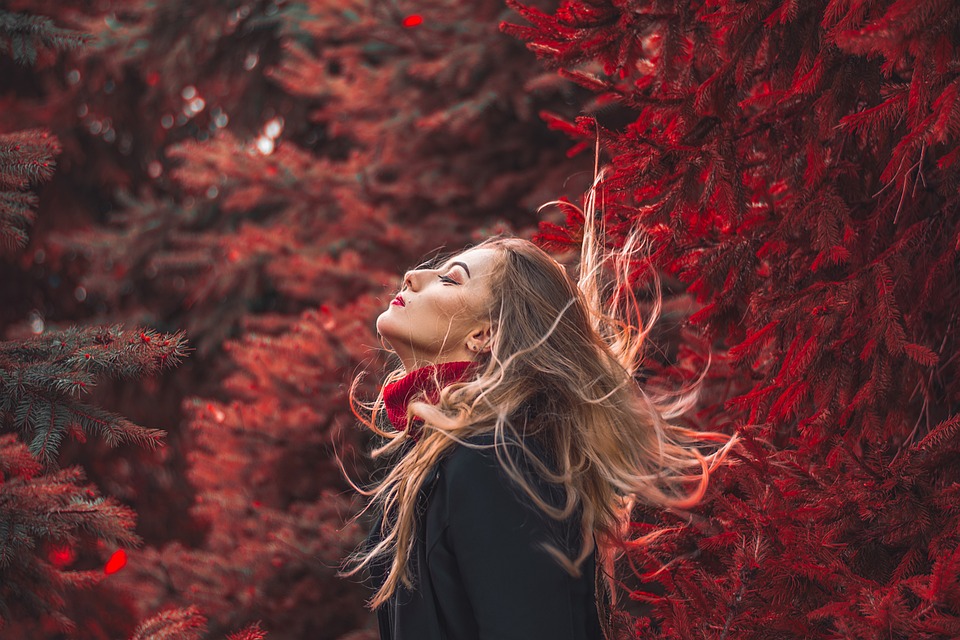Mastering Fashion Illustration: Tips and Techniques
Introduction:
Fashion illustration is an essential skill for anyone wanting to pursue a career in the fashion industry. Whether you are a designer, stylist, or fashion writer, being able to communicate your ideas visually is key to success in this highly competitive field. In this article, we will explore some valuable tips and techniques to help you master the art of fashion illustration and bring your designs to life. Read on to discover how to create stunning fashion sketches that capture the essence of your ideas.
I. Understanding the Basics of Fashion Illustration:
1. Anatomy and Proportions:
Understanding human anatomy is fundamental to creating realistic fashion illustrations. Study the proportions of the body and learn how to accurately depict different body types. Pay special attention to the proportions of the head, neck, torso, and limbs.
2. Gesture Drawing:
Gesture drawing is a technique used to capture the movement and flow of the body quickly. Practice drawing quick, loose lines to capture the essence of a pose before adding detail. This will help you bring life and dynamism to your fashion illustrations.
3. Mastering Fashion Poses:
Experiment with a variety of fashion poses to showcase your designs. Develop a library of poses that you can refer to when creating your illustrations. Study fashion magazines and runway shows to get inspiration for different poses.
II. Choosing the Right Tools:
1. Paper and Pencils:
Invest in good quality paper and pencils that allow you to easily erase and make corrections. Smooth papers with a fine tooth are ideal for fashion illustrations. Experiment with different pencil grades to achieve varying tones and textures in your sketches.
2. Colored Pencils and Markers:
Once you have mastered the basics with black and white sketches, experiment with adding color to your fashion illustrations. Colored pencils and markers can bring your designs to life by adding depth and vibrancy. Practice blending and layering colors to create texture and highlights.
3. Digital Tools:
In addition to traditional mediums, digital tools can enhance your fashion illustration skills. Software programs like Adobe Illustrator and Procreate offer a range of tools for creating digital fashion sketches. Invest in a graphics tablet to simulate the feel of drawing on paper.
III. Adding Detail and Textures:
1. Fabric Rendering:
To make your fashion illustrations more realistic, learn to depict different fabric types convincingly. Experiment with different shading techniques to show the textures of silk, denim, lace, and more. Incorporate details like pleats, folds, and drapes to bring depth and dimension to your designs.
2. Accessories and Embellishments:
The devil is in the details, especially when it comes to fashion illustration. Pay attention to accessories such as hats, shoes, jewelry, and bags. Experiment with different embellishments and decorative elements to add interest and style to your illustrations.
3. Experimenting with Mixed Media:
Don’t be afraid to explore mixed media techniques in your fashion illustrations. Incorporate watercolors, acrylics, collage, or even digital elements to create unique and eye-catching designs. This experimentation will set you apart and make your illustrations stand out.
FAQs:
Q: I’m not good at drawing, can I still learn fashion illustration?
A: Absolutely! Like any skill, fashion illustration can be learned and improved with practice. Start with simple sketches and gradually work your way up. Don’t be discouraged if your initial attempts don’t meet your expectations – perseverance is key.
Q: Do I need expensive tools to create good fashion illustrations?
A: While investing in quality tools can enhance your illustrations, you can still create impressive fashion sketches with basic materials. Focus on mastering the fundamentals of fashion illustration before splurging on advanced tools.
Q: Are fashion illustrations only meant to showcase clothing designs?
A: Fashion illustrations are not limited to depicting clothing designs alone. They can also highlight styling concepts, beauty trends, and even accessories. Use fashion illustration as a creative outlet to express your unique perspective and ideas.
Conclusion:
Mastering fashion illustration requires time, dedication, and practice. Embrace the creative process and enjoy experimenting with various techniques and styles. Remember to continuously seek inspiration from fashion magazines, runways, and the world around you. With these tips and techniques, you will be well on your way to becoming a proficient fashion illustrator and bringing your design visions to life.




